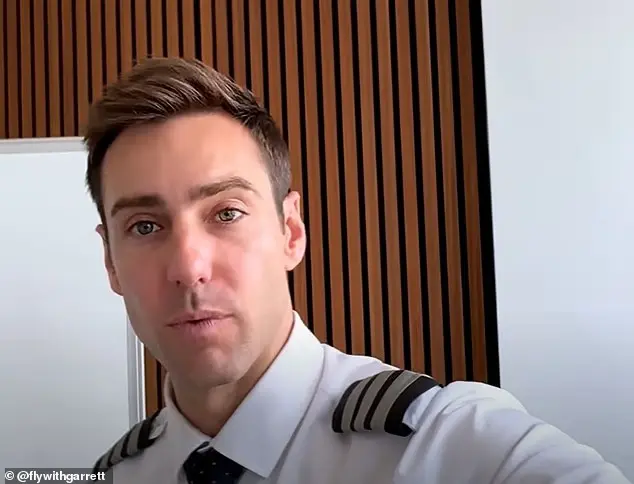Commercial pilot salary: Many dream of sky-high income, but the reality is often surprising.

When Garrett Ray started as a first officer in New York, he was thrilled by his $214 hourly pay. That sounds amazing until you factor in long waits on the ground between flights. The reality? While the hourly rate glitters, actual income depends on how much time you spend earning vs. idling.
On a Phoenix run, Ray waited 24 hours with only 10 hours of paid flying. From a financial perspective, that’s a missed opportunity. He realized those long, unpaid layovers don’t pay the bills. The grind of paying your dues soon offsets that jet-set appeal.
To boost his effective hourly income, Ray shifted focus to back-to-back flights with shorter ground time. A route like LaGuardia–Dallas round-trip only took nine hours away from base while raking in $1,556 for just over seven hours of flight. Now that’s efficiency.
With 80 flying hours a month, that $214 rate nets Ray around $17,100 monthly. Not bad—but it’s still far from that $27k Captain salary he could earn one day. That promotion, though, would bump pay to $350/hr, equal to roughly $27,200/month if hours stay consistent.

Most people hear “$200/hr” and imagine luxury. But the truth? Pilot life means sleep schedules flipped, homesickness, and logistical juggling. Those dreamy destinations? They often mean being away from home for days with little to show financially.
Once you hit Captain status, you’re earning big, but the responsibility skyrockets. You’ll juggle leadership tasks, flight planning, and safety oversight. Yes, it pays more, but with added stress and accountability.
Beyond money, pilots enjoy extras, such as travel perks, health insurance, and retirement plans. Layovers in exotic places can feel like mini-vacations. But weigh these perks against missed birthdays, rare weekends at home, and time-zone jet lag.
Median U.S. pilot salaries hover around $219,000/year, and some top-tier Captains pull even more, especially at international or major carriers. Comparatively, regional or charter pilots make less. The lifestyle difference is dramatic, but so is the paycheck.
Becoming a commercial pilot isn’t cheap: you’ve got ground school, flight hours, and certifications, often totaling $75,000–$150,000 before you’re even hired. That’s an investment; one that pays off for some but can be a debt burden for others.
Pilot life means irregular schedules and time away, but if you thrive on travel, variety, and responsibility, it could be exhilarating. Others miss family life, routines, and home. Knowing who you are matters more than the paycheck.
Many pilots describe their career as a “love‑hate” relationship, with hours that feel luxurious and others that feel exhausting. The common refrain? If you’re in it for the adventure and the money, be ready for both in equal measure.
Yes, if you crave adventure, strong pay over the long haul, and don’t mind shifting schedules. No, if stability and family time are your top priorities. Aspiring pilots should weigh income potential against lifestyle strain.
Tips for Aspiring Pilots
- Choose routes smartly: optimize for efficiency, not glamour.
- Track your downtime: know how much non‑pay is draining your income.
- Invest smartly: finance training with plans to recoup through flying.
- Talk to pros: ask pilots about their real-life trade‑offs.
So, shocking pilot salary? Definitely! Eye-catching, but behind that is hard training, lifestyle trade-offs, and nonstop planning. Pilots can make a great living, but only if they embrace both the thrill and the grind.
What do you guys think about all this? Is it worth it or not? Let us know in the comments below, or tell us any story you know regarding the matter!
